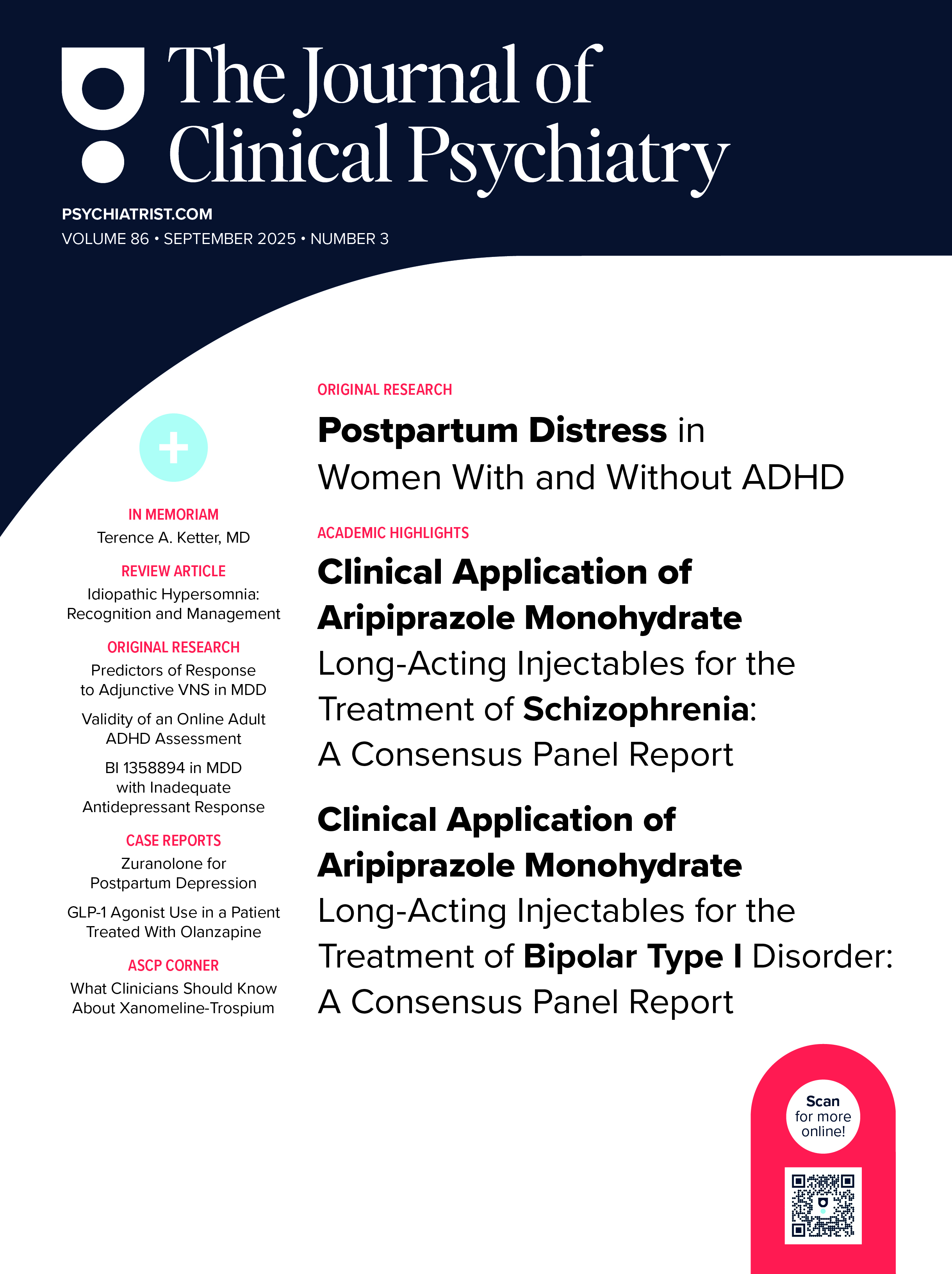Objective: To obtain a comprehensive viewof differences in current comorbidity between bipolar I and II disorders (BD) and (unipolar) major depressive disorder (MDD), and Axis I and II comorbidity in BD in secondary-carepsychiatric settings.
Method: The psychiatric comorbidity of 90 bipolar I and 101 bipolar II patients from the Jorvi Bipolar Study and 269 MDD patients from the Vantaa Depression Study were compared. We used DSM-IV criteria assessed by semistructured interviews. Patients were inpatients and outpatients from secondary-care psychiatric units. Comparable information was collected on clinical history, index episode, symptom status, and patient characteristics.
Results: Bipolar disorder and MDD differed in prevalences of current comorbid disorders, MDD patients having significantly more Axis I comorbidity (69.1% vs. 57.1%), specifically anxiety disorders (56.5% vs. 44.5%) and cluster A (19.0% vs. 9.9%) and C (31.6% vs. 23.0%)personality disorders. In contrast, BD had more single cluster B personality disorders (30.9% vs. 24.6%). Bipolar I and bipolar II were similar in current overall comorbidity, but the prevalenceof comorbidity was strongly associated with the current illness phase.
Conclusions: Major depressive disorder and BD have somewhat different patterns in the prevalences of comorbid disorders at the time of an illness episode, with differences particularly in the prevalences of anxiety and personality disorders. Current illness phase explains differencesin psychiatric comorbidity of BD patients better than type of disorder.
Members Only Content
This full article is available exclusively to Professional tier members. Subscribe now to unlock the HTML version and gain unlimited access to our entire library plus all PDFs. If you’re already a subscriber, please log in below to continue reading.
Please sign in or purchase this PDF for $40.00.
Already a member? Login




